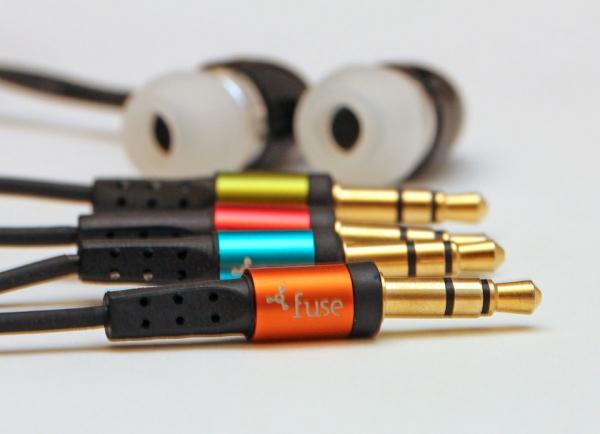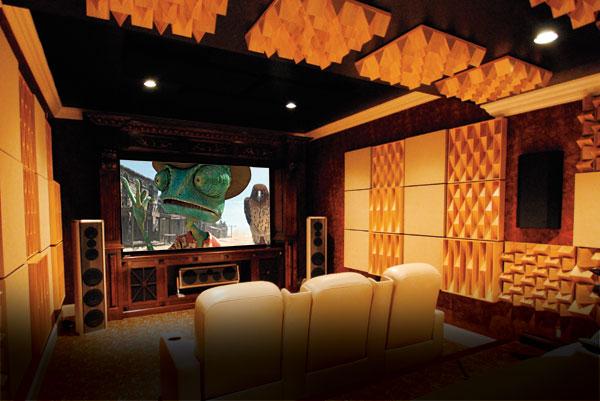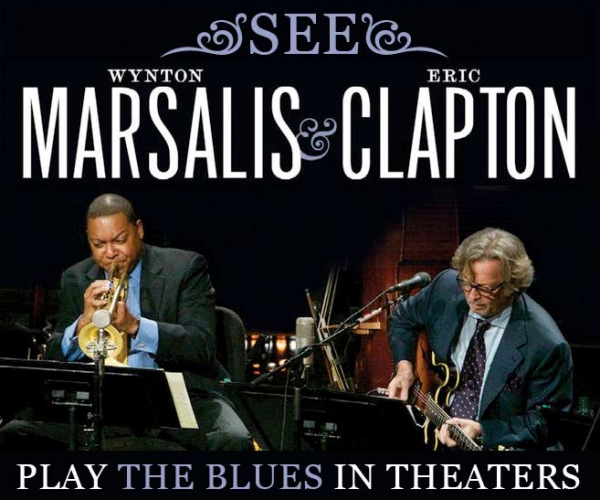LATEST ADDITIONS
|
Sep 02, 2011
Right after Labor Day, the consumer-electronics industry converges on Indianapolis, Indiana, for the annual CEDIA (Custom Electronics Design and Installation Association) Expo, which focuses on high-end home theater and other custom-installation products. Of course, we'll be there to cover all the home-theater announcements, but I'd like to know which type of products you are most interested in learning about from the show.
As always, I encourage you to leave a comment with more details about your choice. What brands are you especially interested in? Are you thinking about hiring a custom installer, or are you a DIYer? If you picked "Other," what are you referring to? Let us know so we can provide exactly the coverage you crave.
Vote to see the results and leave a comment about your choice.





 Tony Montana (Al Pacino), a young Cuban immigrant, lands in Miami in search of the American dream. There he meets Frank Lopez (Robert Loggia), who mentors the young man on how to succeed in a life of crime, and Montana eventually becomes one of Miami's most feared drug kingpins. Staying at the top isn't easy, especially if you're mentally unstable, and when Montana neglects the two most important pieces of advice from Lopez, his empire begins to unravel and all that's left is his "little friend."
Tony Montana (Al Pacino), a young Cuban immigrant, lands in Miami in search of the American dream. There he meets Frank Lopez (Robert Loggia), who mentors the young man on how to succeed in a life of crime, and Montana eventually becomes one of Miami's most feared drug kingpins. Staying at the top isn't easy, especially if you're mentally unstable, and when Montana neglects the two most important pieces of advice from Lopez, his empire begins to unravel and all that's left is his "little friend."







